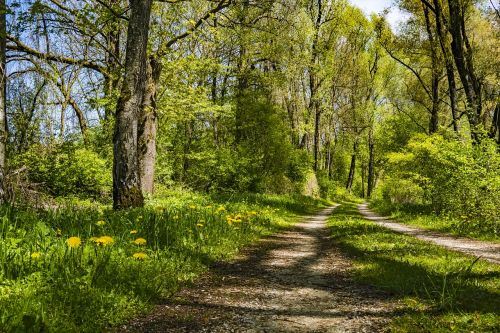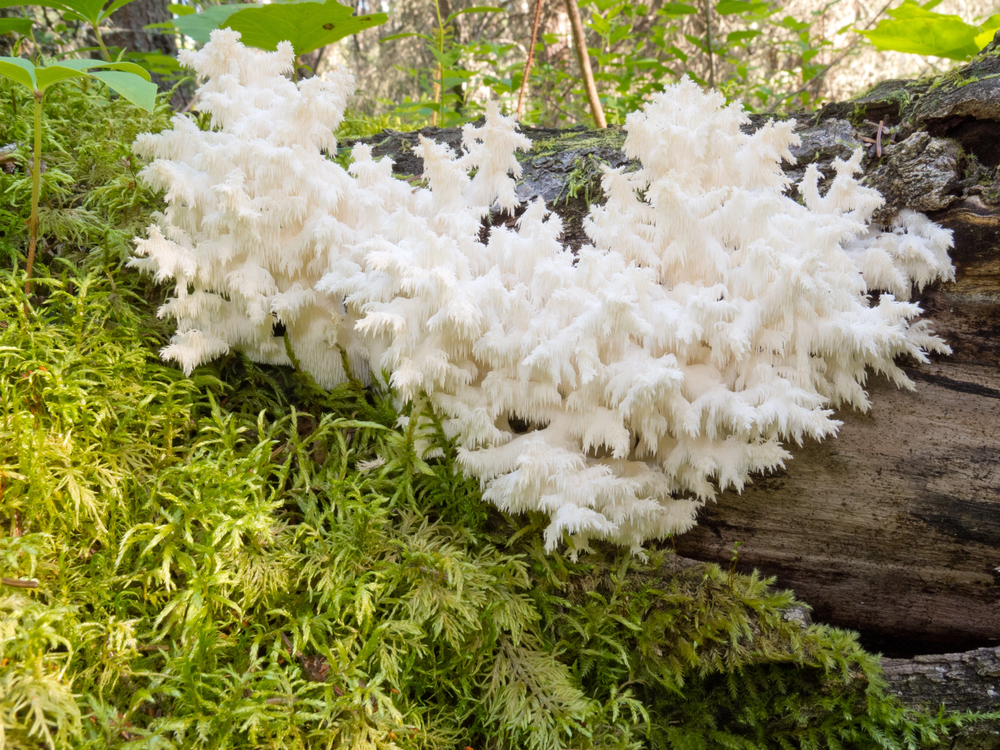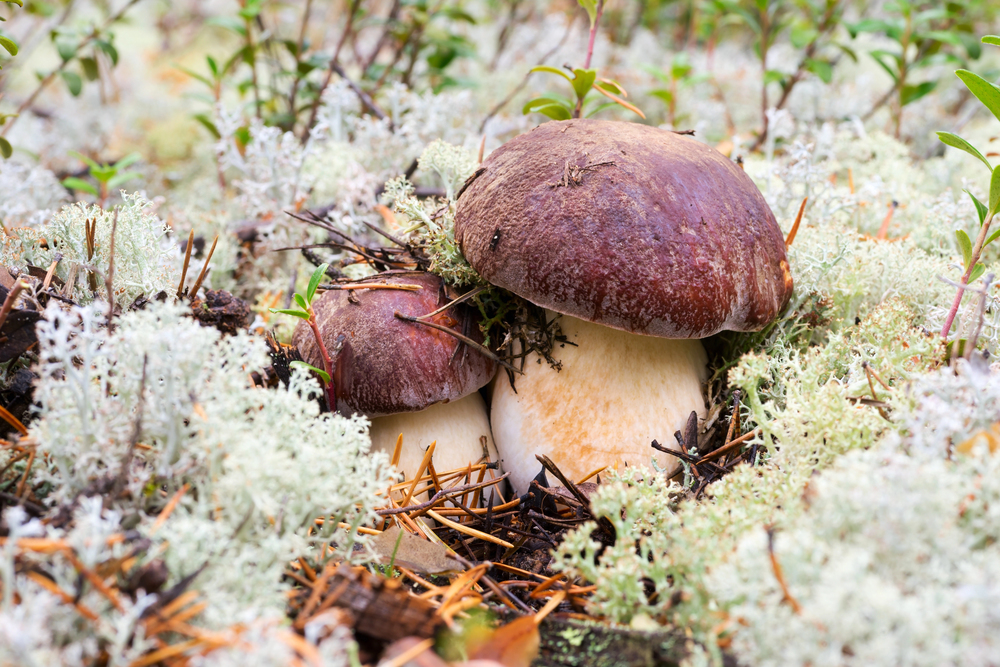Creating accurate mushroom maps represents a critical intersection between traditional foraging knowledge and modern technology. While experienced mycologists have long relied on hand-drawn maps and mental notes, today’s digital mapping tools offer unprecedented precision in documenting and tracking valuable fungi locations. The integration of GPS coordinates, seasonal data, and ecological indicators transforms simple location marking into a sophisticated system for understanding mushroom habitats. Yet, the true art of mushroom mapping extends beyond basic pin-dropping – it requires a methodical approach that combines technological expertise with a deep understanding of local ecosystems.
Key Takeaways
- Integrate multiple data layers including species distribution, tree associations, soil pH, and topographical information for comprehensive mushroom mapping.
- Use GPS technology with 30-second tracking intervals and record detailed field notes about substrate types and environmental conditions.
- Mark potential growth zones based on specific tree species relationships and measure optimal distances from tree bases.
- Employ apps like Gaia GPS for offline map access and create color-coded pins with notes in Google Maps.
- Document temperature, humidity, and precipitation patterns while establishing conservation zones to protect mushroom populations.
Getting Started With Digital Tools
Digital tools have revolutionized the way mushroom enthusiasts map and identify fungi in the field. Modern applications like the Picture Mushroom App offer fast, accurate identification capabilities while providing an extensive encyclopedia of mushroom information, even in offline situations. The app’s seasonal tracking feature helps users find specific mushroom varieties based on their geographic location.
Advanced wearable technology has introduced innovative tools for foragers, including specialized vests that automatically log findings and walking sticks designed for soil sample collection. These devices incorporate features like vibrating collars for navigation guidance and gloves with built-in dampness sensors, allowing precise habitat analysis and data sharing among foraging communities.
Google Earth serves as an invaluable resource for locating promising mushroom habitats, particularly in old-growth forest areas. The platform’s detailed overlays and forest age data help foragers identify prime locations and plan efficient routes for their expeditions.
Digital imaging technology has significantly improved mushroom identification through telemedicine applications. These tools allow preliminary species identification and can help quickly rule out toxic varieties, making them particularly valuable for both recreational foragers and medical professionals dealing with mushroom ingestion cases.
Essential Map Features
Three fundamental features define an effective mushroom map: species distribution, environmental conditions, and topographical data. These elements work together to provide foragers with extensive information about where specific mushrooms are likely to grow and when to find them.
Species distribution data displays the presence of different mushroom varieties, including popular edibles like Morels, Boletes, and Chanterelles, with accuracy typically within 100 meters. The maps incorporate detailed identification guidelines, covering characteristics such as cap shape, stem features, and distinct aromas that help foragers confirm their finds. Users can access meter-level accuracy data that ensures precise navigation to promising foraging locations.
Environmental conditions are mapped through tree associations, soil pH levels, and precipitation patterns, which directly influence mushroom growth cycles. This information allows foragers to identify ideal habitats by matching mushroom species with their preferred environmental conditions, including specific tree partnerships and soil requirements.
Topographical features complete the mapping framework by providing elevation data, slope angles, and aspect information that affects mushroom growth patterns. These elements, combined with seasonal timing data and weather pattern tracking, allow foragers to predict prime harvesting locations and maximize their chances of successful finds.
Customizing your Mushroom Maps
While standard mushroom maps provide foundational information, customizing your own maps improves foraging success through personalized data collection and analysis. Modern mapping platforms like Google Maps allow foragers to create private, detailed records of their hunting spots with color-coded pins and specific harvest timing notes. Similar to how conditional chip cards enhance dynamic displays in home automation dashboards, foragers can create interactive markers that update based on seasonal conditions.
Advanced customization involves incorporating multiple data layers to improve mapping utility. Foragers can overlay wildfire perimeters to locate disturbance morels, integrate precipitation data to track ideal growing conditions, and include forest type information to identify suitable tree species associations.
The integration of local knowledge significantly boosts map effectiveness through region-specific customization. By studying local forest compositions and monitoring precipitation patterns over six-week periods, foragers can better predict productive hunting areas within their territory.
Technical features facilitate thorough analysis through layered data visualization. Foragers can combine precipitation maps, burn perimeters, and tree species distribution to create sophisticated hunting strategies, while maintaining privacy through secure, personal mapping systems that protect sensitive location information.
Offline Navigation Techniques
Successful mushroom foraging in remote areas requires reliable offline navigation capabilities, as cellular service is often unavailable in prime hunting locations. Apps like Gaia GPS and Guru Maps provide vital offline functionality by allowing users to download and store detailed map data for specific regions.
The foundation of effective offline navigation begins with thorough preparation of map resources. Users must download extensive topographic layers, which include contour lines and shading relief features that help identify ideal slope aspects for morel hunting. These detailed terrain visualizations become significant tools when exploring new foraging territories. Identifying locations with fallen logs and debris can lead foragers to prime mushroom growing spots, as these serve as natural substrates for various edible species.
Maximizing the offline experience requires careful attention to navigation settings and features. Enabling zoom controls, customizing marker icons, and utilizing direction arrows guarantee clear orientation in the field. The implementation of GPS filtering and marker clustering helps organize spatial data more effectively, especially in areas with numerous waypoints.
Managing offline data requires strategic planning and storage considerations. Foragers should download map data for their entire intended hunting area, including surrounding regions, while monitoring device storage capacity to maintain peak performance during extended excursions.
Understanding Terrain and Growth Patterns
Beyond mastering offline navigation, understanding the complex interplay between terrain and mushroom growth patterns forms the foundation of productive foraging. Temperature, humidity, and substrate availability work together to create ideal conditions for mushroom development, while environmental changes can trigger the formation of fruiting bodies. This remarkable process enables some species to grow incredibly fast, potentially reaching massive heights within just a week.
The growth mechanism of mushrooms relies heavily on mycelium, a network of tiny filaments called hyphae that expand rapidly under favorable conditions. These filaments eventually condense into primordia, which develop into mature mushrooms when environmental cues align properly.
Mycorrhizal mushrooms demonstrate specific relationships with different tree species, often appearing at predictable distances from their host trees. Research has shown peak diversity at distinct intervals: 1.19m, 2.16m, 3.60m, and 4.84m from the tree base, making these measurements valuable for mapping purposes.
To maximize foraging success, hunters must consider multiple environmental layers: precipitation patterns, tree species distribution, and forest type classifications. The area within a tree’s dripline proves especially important for finding mycorrhizal species, while broader habitat assessment helps identify potential growth zones.
Tracking and Recording Methods
To create reliable mushroom maps, foragers must employ systematic tracking and recording methods that combine traditional field observations with modern technology. The integration of GPS technology with careful field documentation provides a thorough approach to mapping mushroom locations and understanding their growth patterns. Identifying specific tree species is crucial when mapping mushroom habitats.
Essential components of an effective tracking system include:
- GPS recording set to 30-second intervals for position tracking, with gathering events marked as specific waypoints
- Detailed field notes documenting substrate types, growth arrangements, and microscopic examination results
- Systematic inventory management using specialized software to track harvests, strains, and genetic lines
Long-term observation requires consistent documentation of mycorrhizal relationships and fruiting patterns. Researchers can identify diversity peaks at specific distances from host trees, typically occurring at 1.19m, 2.16m, 3.60m, and 4.84m from the trunk. The mapping process benefits from careful attention to the tree’s dripline, which often contains the most representative sample of the mycorrhizal community. Data analysis tools like MapSource and MatLab, combined with k-means algorithms, help define fungi patches automatically and clean databases of erroneous information because of poor GPS reception.
Best Mapping Practices
Effective mapping practices build upon systematic tracking by incorporating sustainable foraging principles that protect mushroom populations for future generations. These practices require careful attention to both location identification and environmental stewardship while maintaining healthy mushroom ecosystems.
When mapping potential foraging sites, focus on identifying specific tree species that support mushroom growth, such as elm, ash, aspen, and oak for morel mushrooms. Pay particular attention to areas with warm, wet conditions during spring months, and document burnt areas that often yield abundant morel growth.
Sustainable mapping involves creating designated zones where portions of mushroom populations remain untouched, allowing for natural spore dispersal and regeneration. Document foraging sites that prioritize recreational picking only, as this approach helps maintain long-term sustainability. Mark these conservation areas clearly in your maps to guarantee consistent preservation practices during future foraging expeditions.
Include notations about ideal collection methods in your mapping system, such as using porous bags or mesh baskets that allow spore dispersal during harvesting. Document areas where mycorrhizal mushrooms grow to exercise extra caution and preserve their vital symbiotic relationships with surrounding plant life.
Remember to map areas that should be avoided because of over-harvesting or environmental sensitivity, helping maintain ecological balance in popular foraging locations.



